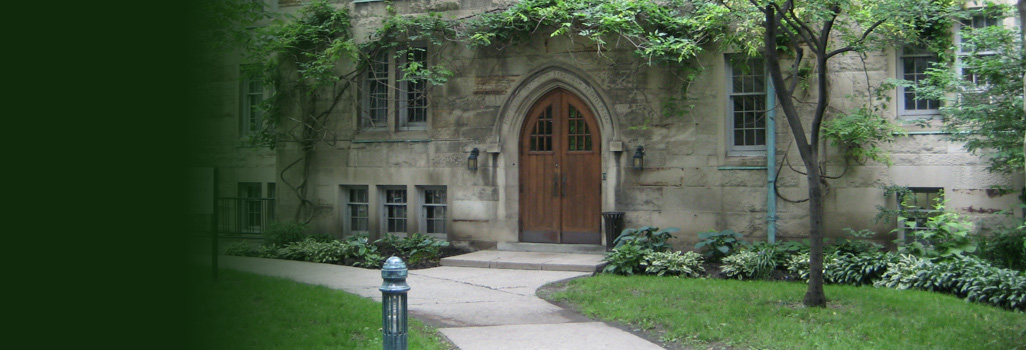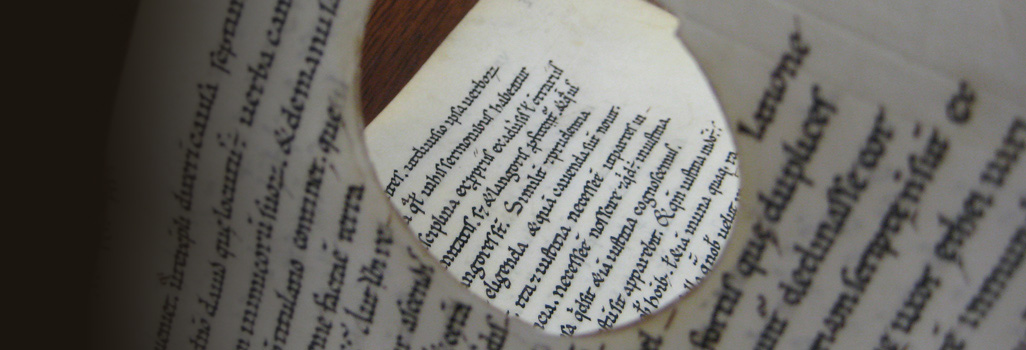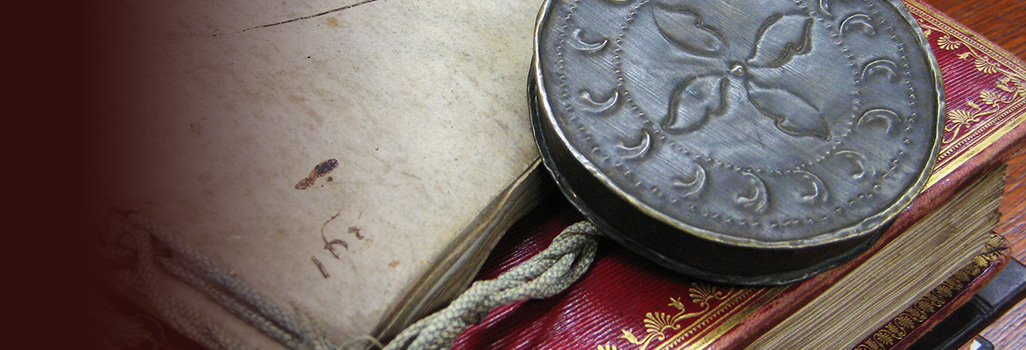Rulers on Display: Tombs and Epitaphs of Princes and the Well-Born in Northern Europe, 1470–1670
Centre for Reformation and Renaissance Studies
During the early modern period magnificent tombs and epitaphs offered princes and the nobility an effective means promoting for their interests and refashioning their identity and in a rapidly changing society. Enormous funds were spent on these monuments, either by the occupants themselves or by their heirs, for whom the sepulchers became a generalized marker of family status. Epitaphs were also fashioned of words, penned in ink and published as well as engraved in stone. Poetical tributes and eulogies to rulers gave them another type of public persona.
For this conference we wish to focus on the agency of these creations in the social and political arena of Northern Europe from 1470 to 1670. Previous discussions have concentrated on the culture of death and remembrance. Although these concepts are integral to any consideration of tombs and epitaphs, we want to concentrate here on their broader cultural and political significance. Among the questions we hope the conference will address are the following:
How did tombs and epitaphs helped establish a viable image for leading families and facilitate the forming of networks? In which ways did tombs and epitaphs take part in the debates fostered by the Reformation and the Catholic response? And how did notions of presence inflect the design of and response to these monuments? In which ways did these works extol virtues of conquest and triumph? How did monuments to military heroes, noble and commoner, evolve in this period? How did gender alter the equation? How did the tombs of the upper bourgeoisie and professional classes relate to the monuments of the nobility? How did the choice of materials effect the perception of these objects? And how did carved monuments relate to memorial representations in other media such as painting and prints?
Networks of artists, writers, academies, patrons, and their agents soon formed, and knowledge of renowned monuments spread throughout Europe, via travel and reproductive drawings and prints. What formal languages were adopted by the elite and their artists and what sort of communication was there between the different regions of Europe? Were there particular sculptors or writers who developed enduring paradigms?


